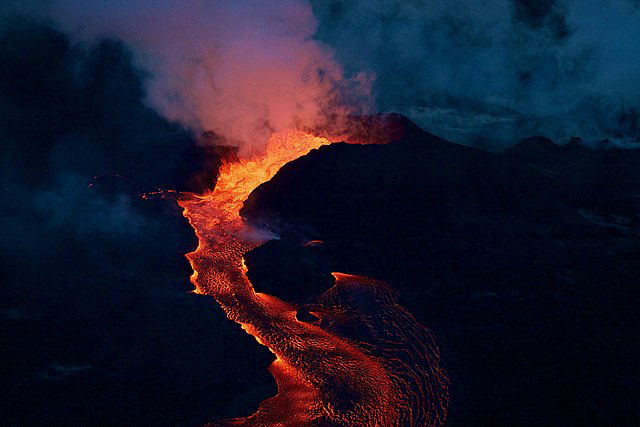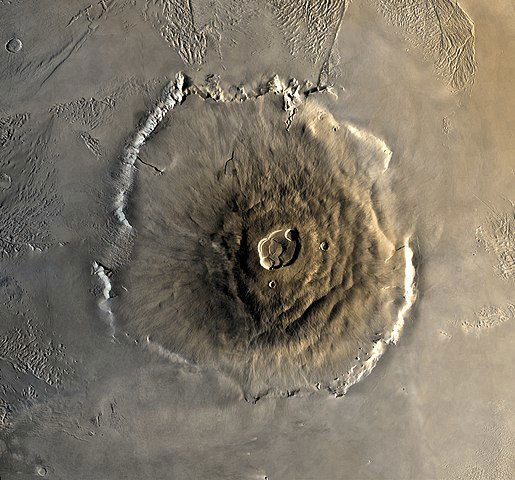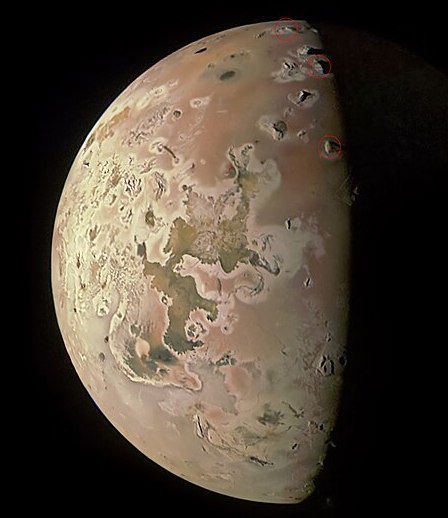Meet Andrea Chatman, a Disaster Scientist!
Hi! Welcome back to the Kids Answers magazine blog, where we answer your big questions about God’s Word and God’s world.

Photo by Christin Suzanne Photography
Have you ever heard of a disaster scientist? They study what happens when natural hazards (like volcanoes, earthquakes, and floods) impact people and their communities. When people are affected, a natural hazard turns into a natural disaster.
We had the chance to talk with a disaster scientist, Ms. Andrea Chatman. Keep reading to find out what she does!
What are some things you do as a disaster scientist?
I help people understand what could happen when disaster strikes and how to make their communities stronger. For example, if I know a big earthquake has happened a long time ago, I have a computer model that can tell me what kind of damage could happen to new buildings if it happened again. This information can also help engineers understand how buildings are affected by ground movement during an earthquake, which can help them design stronger buildings.
What made you want to be a disaster scientist?
When I was a kid, I visited Hawaii Volcanoes National Park. The Kilauea volcano was very active then, and I got to walk up close to a lava flow. There were scientists there roasting marshmallows over the lava. It was so hot that most of the marshmallows burst into flames! It was dark when we walked back to the car, and seeing the glow of the lava on the side of the volcano is something I never forgot.

Kilauea's Fissure 8 cone erupting.
United States Geological Survey, Public domain, via Wikimedia Commons
What schooling/experience did you get to become a disaster scientist?
To be a disaster scientist, you have to first study one of the four main sciences—biology, chemistry, physics, or geology. All other sciences branch out from these. I chose geology because I really liked rocks and volcanoes.
After graduation, I moved to Maui, Hawaii, to work for the Pacific Disaster Center. Years later, I went back to school to get my masters in the new field of disaster science. I also joined the local Community Emergency Response Team (CERT) so I could better understand how disasters were managed.
What is the most difficult part of your job?
The most difficult part is watching disasters unfold in real time. No matter how good we get, there is always something that we still have to learn. There are still some things that we can’t do yet, like predict earthquakes. But we learn something new from each disaster and use it to improve our warning systems, building designs, and safety plans.
What is your favorite natural hazard to study?
I really love volcanoes. I lived on the slopes of the Haleakala volcano in Maui, Hawaii, for more than 20 years. It is the world’s largest dormant (or sleeping) volcano. It last erupted over 400 years ago.
Did you know there are more than 1,300 volcanoes in the world? Some explode, some just ooze, some shoot out hot mud, and some are at the bottom of the sea. The planet Jupiter has a moon called Io that has some of the most active volcanoes in our solar system, shooting debris miles into space! There is also an extinct volcano called Olympus Mons on Mars—it is the size of the country of France.
What have you learned about God through your work?
His creativity is so amazing to me. God made so many incredible things that scientists are still making discoveries every day.
Is there anything else that you want kids to know?
Natural hazards like tornadoes, severe storms, floods, volcanoes, earthquakes, and tsunamis can be scary, but they are also amazing forces of nature. You don’t have to be scared, just be prepared. There are all kinds of great resources out there made just for kids so that you can discover more about the hazards that might affect you and learn how to help your family be safe.
Thanks for talking with us, Ms. Chatman!
Do you want to learn more about what scientists do? Do you have a question about God’s Word or his world that you want us to answer? Is there a topic you want to learn more about? Ask your parents to help you submit your question. We’d love to hear from you!
- © 2025 Answers in Genesis
- Privacy Policy
- Contact
- About


